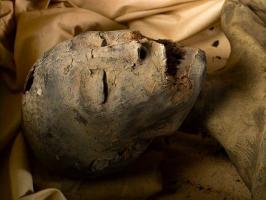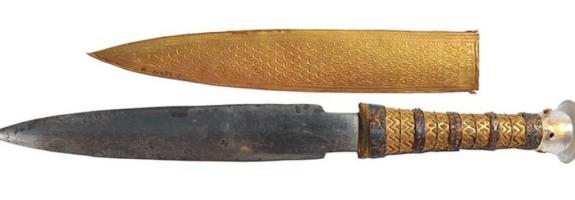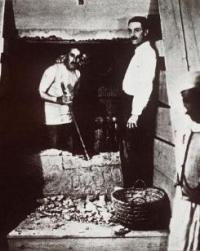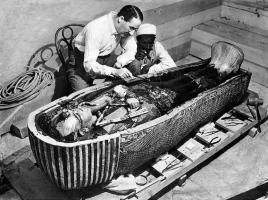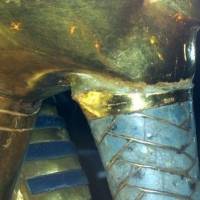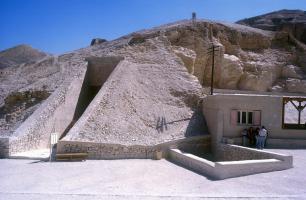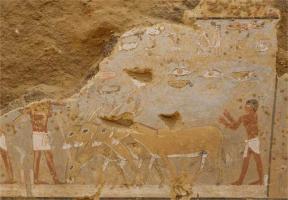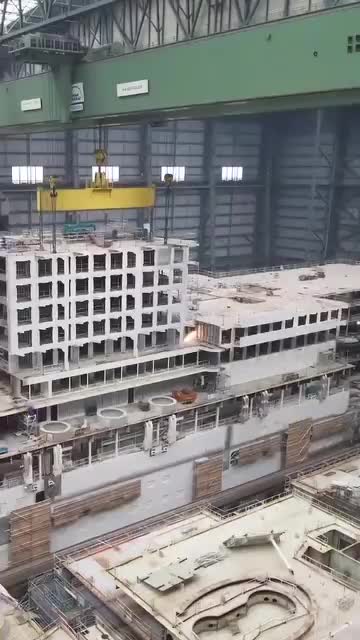The tomb of Tutankhamun
The tomb of the young pharaoh Tutankhamun is carved out of the rocky layer in the Valley of the Kings, and is dominated by a 21 meters high hill. The entrance staircase consists of 16 steps, it is 1.68 meters wide and is covered in its western part by a stone ceiling. The last six steps, the architrave and the jambs has been opened in ancient times to allow the passage of the more voluminous objects of the funerary equipment, such as the sarcophagus and the shrines: later, the steps and the jambs of the entrance door were rebuilt in stone and limestone and the lintel was replaced by a heavy wooden beam.
These were again opened when Howard Carter's team removed the shrines. Near the front door, there was a block of limestone covered with light gray hydrated chalk with large oval seals stamped across the surface. Beyond was a descending corridor full of stone rubble: it measured 8.08 meters by 1.68 meters and was 2 meter high; it ended with a stone door, locked in the same way as the entrance door, which gave access to the Antechamber in the center of the east wall.
The Antechamber
The Antechamber is oriented north-south: it measures 7.85 meters by 3.55 meters, is 2.68 meters high and is 7.1 meters below the level of the Valley. The surface of the walls, here as in the rest of the tomb, with the exception of the Burial Chamber, is not smooth and is slightly pink.
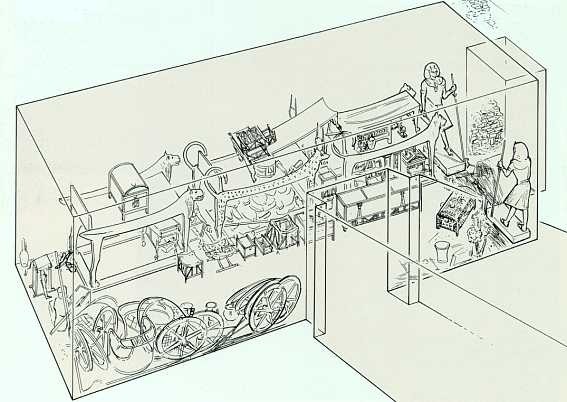
A third entrance, also blocked by a stone block, is located on the western wall of the Antechamber in a natural crack in the stone: it measures 0.95 meters by 1.3 meters. From here you enter a smaller room, the Annex, parallel to the Antechamber, 4.35 meters by 2.6 meters and 2.55 meters high. The floor level of this room is 0.9 meters below that of the Antechamber.
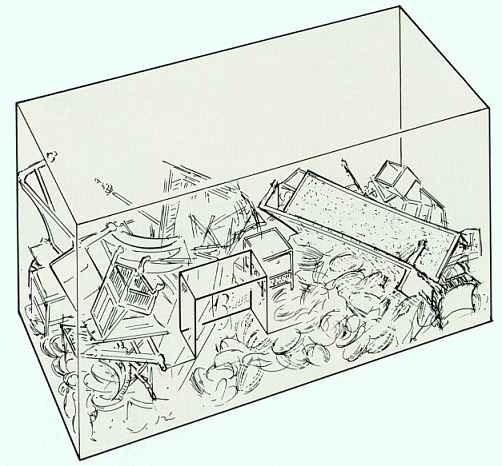
Howard Carter noted:
"The red marks made by the masons are still visible on the unfinished surface of the walls"
and here as elsewhere
"limestone fragments left by the stonecutters are still found on the ground."
At the north end of the Antechamber a wall was built with splinters and limestone dust, covered with plaster. In it there was a passage surmounted by a wooden architrave, 1.65 meters wide and 1.78 meters high. This door was also closed with stones and limestone and large oval seals were placed on its surface. "When this dividing wall was removed ... it was found that a large portion of the stone in the northwest corner of the Antechamber had been removed in antiquity to pass the large shrine panels into the Burial Chamber. A cut in the lower part of the west wall of the Antechamber was also noted, probably to allow the transporting of the sarcophagus into the room."
The Burial Chamber and the Treasury
Beyond the dividing wall is the Burial Chamber: it is 6.37 by 4.02 meters wide and about 3.63 meters high. The floor is 0.94 meters below the level of the Antechamber and 8.05 meters below the level of the Valley of the Kings.
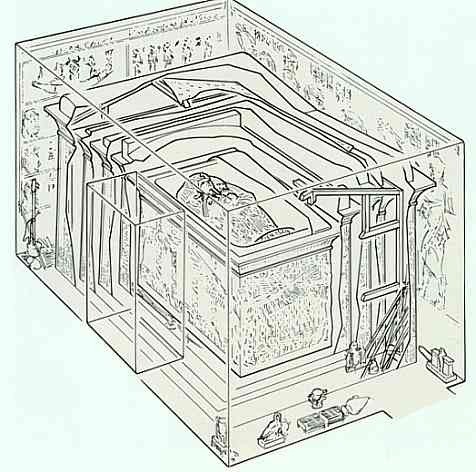
The Burial Chamber faces east-west, perpendicular to the Antechamber and the Annex: the walls are covered with plaster and are well decorated. It appears that the plaster was not completely dry when the tomb was closed: this is perhaps the cause of the moisture damage found on many objects. On the north-eastern part of the ceiling are still visible "traces of smoke, coming from an oil lamp or a torch" used by the ancient artists.
A low 1.12 meters wide door in the east wall of the Burial Chamber gives access to the Treasury.
This room is oriented north-south like the Annex and the antechamber: it measures 4.75 by 3.8 meters and is 2.33 meters high.
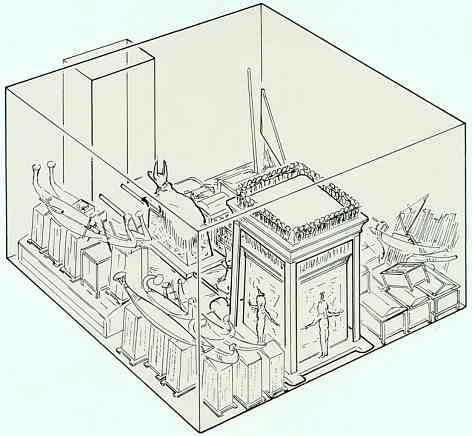
Howard Carter considered the tomb to be well cutted into the rock, considering that there were little asymmetries in the places where the masons decided to use the natural cracks of the rock. The same fissures were perhaps responsible for the infiltration of water into the tomb.
Tutankhamun's tomb is clearly not a royal tomb: it was probably a private tomb adapted due to premature death of the king.











